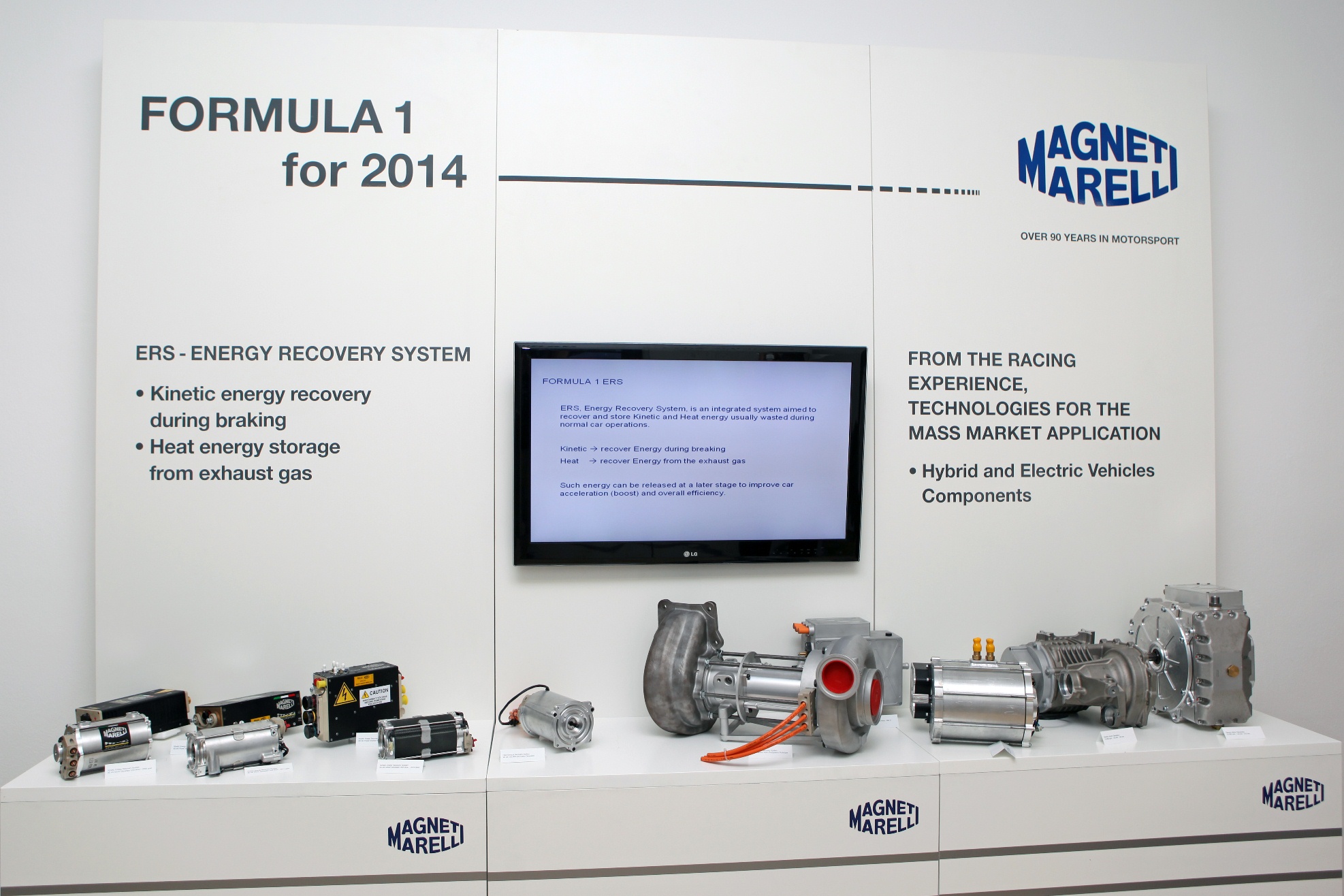These are several papers that were co-authored by Ferrari, and use measured data to validate their models, and present a few different strategies involving the Formula 1 PU circa 2017:
Time-Optimal Low-Level Control and Gearshift Strategies for the Formula 1 Hybrid Electric Powertrain
https://www.mdpi.com/1996-1073/14/1/171
Today, Formula 1 race cars are equipped with complex hybrid electric powertrains that display significant cross-couplings between the internal combustion engine and the electrical energy recovery system. Given that a large number of these phenomena are strongly engine-speed dependent, not only the energy management but also the gearshift strategy significantly influence the achievable lap time for a given fuel and battery budget. Therefore, in this paper we propose a detailed low-level mathematical model of the Formula 1 powertrain suited for numerical optimization, and solve the time-optimal control problem in a computationally efficient way. First, we describe the powertrain dynamics by means of first principle modeling approaches and neural network techniques, with a strong focus on the low-level actuation of the internal combustion engine and its coupling with the energy recovery system. Next, we relax the integer decision variable related to the gearbox by applying outer convexification and solve the resulting optimization problem. Our results show that the energy consumption budgets not only influence the fuel mass flow and electric boosting operation, but also the gearshift strategy and the low-level engine operation, e.g., the intake manifold pressure evolution, the air-to-fuel ratio or the turbine waste-gate position.
Low-level Online Control of the Formula 1 Power Unit with Feedforward Cylinder Deactivation
https://arxiv.org/abs/2303.00372
Since 2014, the Fédération Internationale de l'Automobile has prescribed a parallel hybrid powertrain for the Formula 1 race cars. The complex low-level interactions between the thermal and the electrical part represent a non-trivial and challenging system to be controlled online. We present a novel controller architecture composed of a supervisory controller for the energy management, a feedforward cylinder deactivation controller, and a track region-dependent low-level nonlinear model predictive controller to optimize the engine actuators. Except for the nonlinear model predictive controller, the proposed controller subsystems are computationally inexpensive and are real time capable. The framework is tested and validated in a simulation environment for several realistic scenarios disturbed by driver actions or grip conditions on the track. In particular, we analyze how the control architecture deals with an unexpected gearshift trajectory during an acceleration phase. Further, we demonstrate how an increased maximum velocity trajectory impacts the online low-level controller. Our results show a suboptimality over an entire lap with respect to the benchmark solution of 49 ms and 64 ms, respectively, which we deem acceptable. Compared to the same control architecture with full knowledge of the disturbances, the suboptimality amounted to only 2 ms and 17 ms. For all case studies we show that the cylinder deactivation capability decreases the suboptimality by 7 to 8 ms.
Model-Based Pre-Ignition Diagnostics in a Race Car Application
https://www.mdpi.com/1996-1073/12/12/2277
“Since 2014, Formula 1 engines have been turbocharged spark-ignited engines. In this scenario, the maximum engine power available in full-load conditions can be achieved only by optimizing combustion phasing within the cycle, i.e., by advancing the center of combustion until the limit established by the occurrence of abnormal combustion. High in-cylinder pressure peaks and the possible occurrence of knocking combustion significantly increase the heat transfer to the walls and might generate hot spots inside the combustion chamber. This work presents a methodology suitable to properly diagnose and control the occurrence of pre-ignition events that emanate from hot spots. The methodology is based on a control-oriented model of the ignition delay, which is compared to the actual ignition delay calculated from the real-time processing of the in-cylinder pressure trace. When the measured ignition delay becomes significantly smaller than that modeled, it means that ignition has been activated by a hot spot instead of the spark plug. In this case, the presented approach, implemented in the electronic control unit (ECU) that manages the whole hybrid power unit, detects a pre-ignition event and corrects the injection pattern to avoid the occurrence of further abnormal combustion”
All our interesting, but the first paper is probably the best of these and goes over strategies on how the PU's are deployed and manage the hybrid elements with the IC, to produce the best lap time. This information obviously wouldn't be current, especially in light of Ferrari moving to a "super fast combustion concept (TJI / compression ignition hybrid), but provides the best insight of PU's in this rule set that's been published to date.



